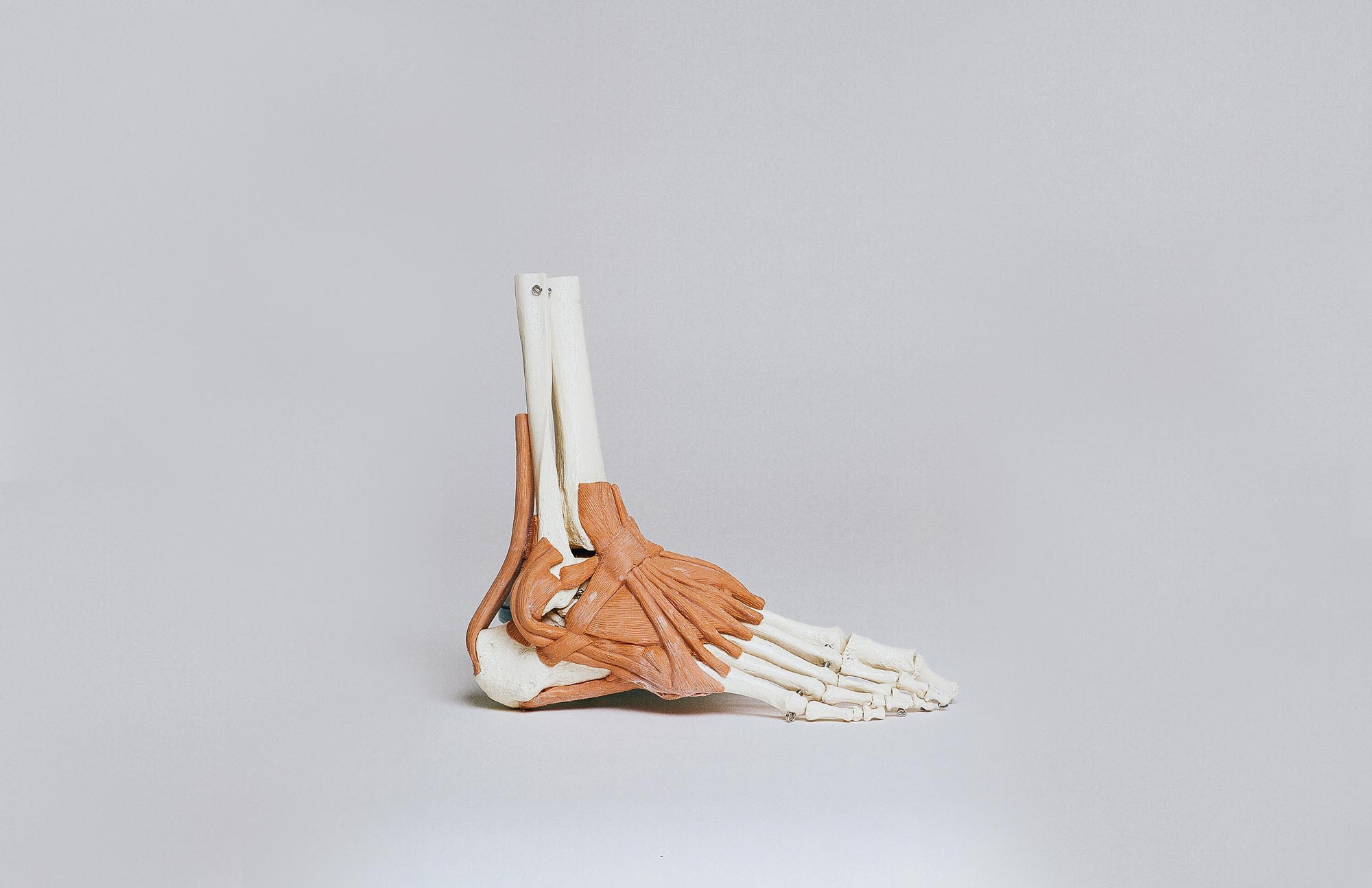We’ve all twisted our ankle at one time or another. Unfortunately, it’s a painful and all too common experience. Thankfully, most ankle rolls are not serious, and the pain subsides within a matter of minutes.
Unfortunately, some ankle twists are more severe and result in a sprain. What are the symptoms of a sprained ankle? Are there different types of ankle sprains? What should you do if you have a sprained ankle? Canyon Oaks Foot & Ankle is here with the answers.
Symptoms of a Sprained Ankle
Out of all ankle-related health problems, ankle sprains are among the most frequent. Athletes and non-athletes alike can easily sprain an ankle from a misstep.
“A sprained ankle is an injury that occurs when you roll, twist or turn your ankle in an awkward way. This can stretch or tear the tough bands of tissue (ligaments) that help hold your ankle bones together,” explains Mayo Clinic.
The first symptoms of a sprained ankle include:
- Pain (from aching to a sharp pain)
- Tenderness
- Bruising
- Swelling
- Inability to bear weight on the affected foot or instability
Risk Factors for Spraining Your Ankle
Athletes, overweight individuals, and patients who have sprained an ankle in the past are especially at risk of sustaining an ankle sprain. Wearing ill-fitting footwear, exercising on uneven ground, and fatigue may also increase the risk of spraining an ankle.
Types of Ankle Sprains
There are two different types of ankle sprains, depending on the location of the torn ligament. The two main categories of ankle sprains include:
Inversion Sprain
Inversion ankle sprains are the most common. These sprains occur when the lateral (outer) ligament is stretched or torn. This type of sprain occurs when the foot rolls inwards, toward the other foot.
Eversion Sprain
Eversion ankle sprains affect the medial (inner) ligament and occur when the foot rolls outward, away from the other foot. Eversion sprains may be less common, but they are typically more severe, taking longer to heal.
How to Treat a Sprained Ankle
Beyond the sprain’s location, ankle sprains also vary in damage, ranging from mild to severe. In mild cases, it may be possible to heal at home.
If you have a mild ankle sprain and no ligaments are torn, you can try icing, elevating, and resting your ankle. Your ankle may feel better in a week or two.
However, if you cannot put weight on your ankle or you notice swelling or bruising, it may mean you have a more serious ligament tear. In this case, it is essential to see a podiatrist for professional treatment.
“Without proper treatment and rehabilitation, a more severe sprain can weaken your ankle—making it more likely that you will injure it again. Repeated ankle sprains can lead to long-term problems, including chronic ankle pain, arthritis, and ongoing instability,” explains the American Academy of Orthopaedic Surgeons.
Your podiatrist will help you map out a safe recovery plan. He may prescribe a pain medication to reduce discomfort and provide instructions on caring for your ankle at home. In some cases, corrective surgery may be necessary.
Best Foot Doctor Near Me – Fresno, CA
If you think you may have sprained your ankle, don’t wait to get help. Contact us at Canyon Oaks Foot & Ankle. We have over 30 years of experience and have helped over 4,000 patients. You can trust our team to help you get back to make a safe recovery.

